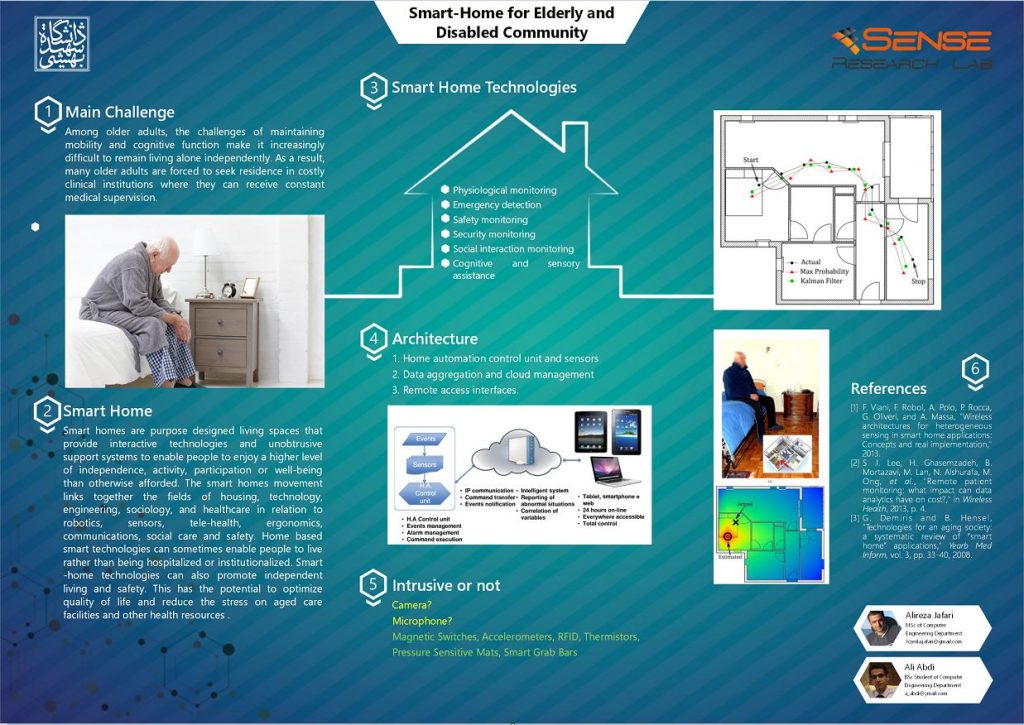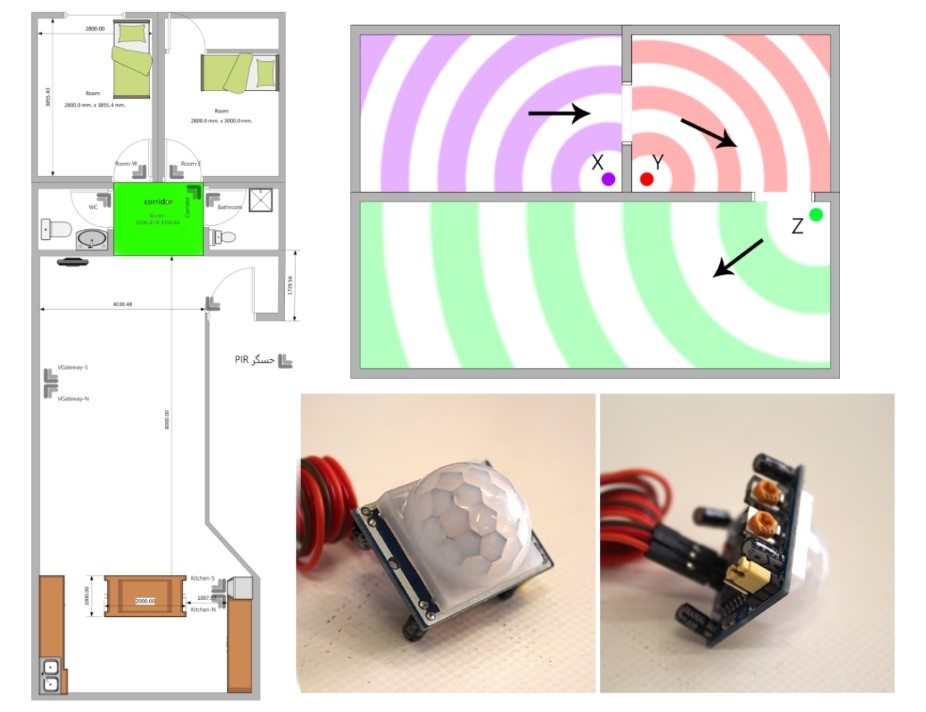The number of networked machines and/or devices is continuously increasing, changing the conventional perception of communication towards networks that are independent from human interaction. This results in a new paradigm on Machine-to-Machine (M2M) communications.
We aim to explore interworking challenges between M2M networks and fixed infrastructure with a focus on future M2M communication solutions, including investigations on resource allocation, handover management, QoS provision access discovery and selection mechanisms.
Software-Defined Networking (SDN) architecture can be of use to further improve handover decision algorithms. In this emerging architecture which is expected to get implemented in 5th generation of mobile networks, control plane and data plane are decoupled. This decoupling reduces overhead from data plane, adds programmability to control plane and increases flexibility and creativity in network management.
The programmability which SDN provides makes us able to have more information about the current state of network.
Smart homes are purpose designed living spaces that provide interactive technologies and unobtrusive support systems to enable people to enjoy a higher level of independence, activity, participation or well-being than otherwise afforded. The smart homes movement links together the fields of housing, technology, engineering, sociology, and healthcare in relation to robotics, sensors, tele-health, ergonomics, communications, social care and safety. Home based technologies can sometimes enable people to live rather than being hospitalized or institutionalized. Smart home technologies can also promote independent living and safety.

Considering the rise of the population of the elderly and the change in the base of the age pyramid in most parts of the world and developed countries, and given the scientific breakthroughs in the implementation of communication infrastructure in different dimensions, discussions revolving around the smart home and its practical application is no longer a far-fetched concept. Therefore, Smart Homes have potential to optimize quality of life and reduce the stress on aged care facilities and other health resources. So we focused on Smart homes in one of our ongoing projects and try to implement a test-bed in a home.
In this study, a system, using paired passive infrared sensors at each entry of the house, observes the collective activities of the physically-challenged individual as well as monitor his or her methods of movement. This system has been designed in a manner that, while ensuring reliability concerning accuracy and reliability, it minimizes the negative impact on the individual’s privacy and does not include any complication for implementation or installation. More details are exhibited in the following pictures.

If you are interested for further information contact with Mr Ahmadi (k_ahmadiniar@sbu.ac.ir).
Group Members:
Kaveh Ahmadi, Alireza Jafari, Pourya Mir Alavy, Hamed Barzamini, Ali Abdi, Mahnaz Boushehrian, Farzaneh Givechianfar, Nasim Mahmoodnejad.
Our Future Works:
- website designing for smart environments by Mahnaz Boushehrian
- Implementation of an IOS application to help alzheimer’s disease by Farzaneh Givechianfar
- Design and implementation of database to collect smart enviroment by Nasim Mahmoodnejad



